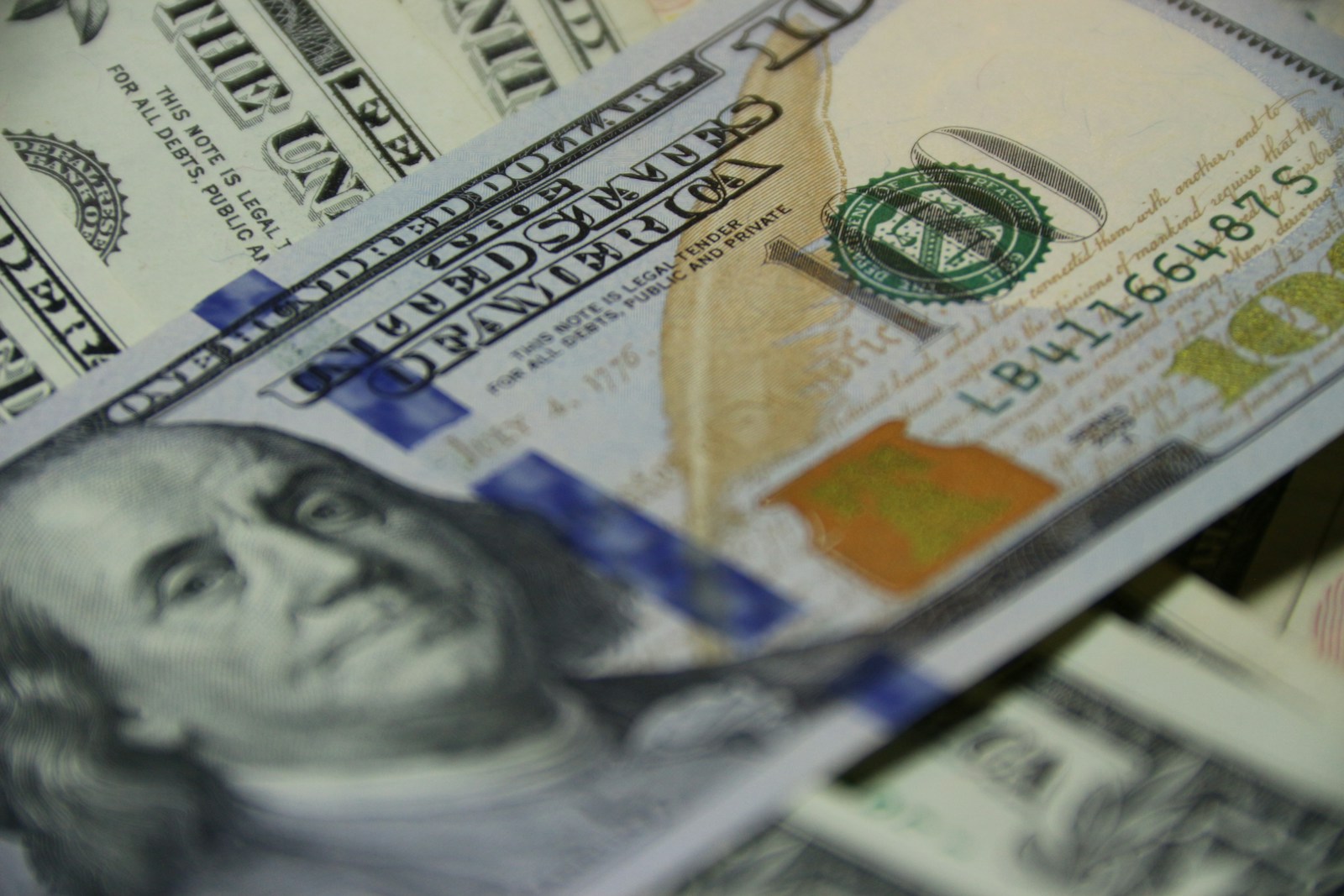Key Takeaways
- President Trump’s plan to build a lavish White House ballroom shows he feels beaten by Washington’s power brokers.
- Funds for the project jumped from an estimated 200 million to nearly 350 million dollars.
- Top GOP critic Tim Miller calls the ballroom deal “blatant corruption.”
- Private donors, including crypto firms, may seek favors from the administration.
- The ballroom project could reshape Trump’s legacy and public trust.
President Trump’s announcement about a new White House ballroom marks a surprising turn. He admitted defeat to the D.C. establishment, according to ex-GOP strategist Tim Miller. The president said he would raise private money to build a “gilded” ballroom. In truth, Miller says that plan shows Trump has been co-opted by the powerful interests he once fought.
Initially, Trump claimed the ballroom would not touch the East Wing. However, crews have already demolished that historic space to make way for grand halls, ornate chandeliers, and polished marble floors. What began as a side project now threatens to reshape the White House’s very structure.
Even more striking is the price tag. Early estimates put the cost at 200 million dollars. Yet Trump now says private donors must cover nearly 350 million. For a moment, the idea sounded like a fun project for fancy dinners. However, the soaring cost raises serious questions about influence and power in Washington.
Critics Call Trump’s White House Ballroom a Sign of Corruption
Tim Miller, host of The Bulwark Podcast, did not hold back. He argued that the White House ballroom project amounts to “blatant corruption.” Moreover, he said Trump is now “fully in league with the corporate establishment, the lobbyists, the deep state, and the military-industrial complex.” In other words, the very “swamp” Trump campaigned against now controls him.
Furthermore, Miller pointed out that many firms backing the ballroom want something in return. Cryptocurrency companies, for instance, seek rule changes and regulatory favors. Other donors likely hope for defense contracts or tax breaks. Thus, this ballroom deal contradicts Trump’s vow to drain the swamp.
How Costs Ballooned and Who’s Paying
At first, the ballroom idea seemed small. Trump joked the funds would come from ticket sales and private events. Yet as plans grew, so did the expenses. Architects drew up detailed blueprints for soaring ceilings, glittering lights, and sprawling balconies. Each extra flourish added millions.
By late summer, the cost estimate jumped from 200 million to 350 million dollars. Trump insists private donors will foot the bill. However, he did not name most contributors. Reports suggest firms in tech, finance, and defense are in line to help pay.
Crypto companies appear high on that list. They hope for clearer rules and less oversight. In exchange, they might donate tens of millions. That deal worries ethics experts. If a donor stands to gain policy perks, critics say, that is bribery by another name.
Why the Ballroom Matters for Trump’s Legacy
This isn’t just a fancy party room. For Trump, the White House ballroom represents power and prestige. He loves hosting grand events. Yet by relying on private money, he opens the door to influence from donors. For a president who railed against lobbyists, this move seems hypocritical.
Moreover, the ballroom project forces the public to ask tough questions. Who really runs the country? If special interests pay for a super-sized party hall, then those interests hold real sway. Consequently, Trump’s image as an outsider who fights the system takes a hit.
Moving forward, journalists and watchdog groups will track every donation. They will check if donors receive government contracts or favorable rulings. If so, the ballroom could become a lasting symbol of corruption in Washington.
Possible Outcomes and Public Reaction
Already, opinion polls show mixed feelings. Some Trump supporters admire the bold project. They see it as a way to modernize the White House. Others view it as wasteful and self-serving. They worry about rising costs and shady deals.
In Congress, proposals to limit private funding for official residences are gaining traction. Lawmakers on both sides agree that strict rules could prevent similar schemes in the future. Yet passing new ethics laws in a divided government remains a challenge.
Meanwhile, the public will watch construction crews work on the White House lawn. Every crane and every marble slab will spark debate. Will the ballroom become a grand new symbol of American pride? Or will it stand as a glittering monument to influence peddling?
Conclusion
President Trump’s plan for a lavish White House ballroom marks a dramatic shift. What began as a private fundraising idea reveals deeper ties between Trump and Washington’s power network. Critics like Tim Miller call it a sign that the swamp has won. As the cost climbs to 350 million dollars and wealthy donors line up, questions about corruption and influence loom large. Ultimately, the White House ballroom may define Trump’s final years in office—and how Americans view the power at 1600 Pennsylvania Avenue.
Frequently Asked Questions
What exactly is the White House ballroom project?
The project aims to add a grand, gilded ballroom to the White House by demolishing part of the East Wing. It features high ceilings, ornate fixtures, and space for large events.
How will the ballroom be funded?
President Trump says private donors will cover nearly 350 million dollars. He has not yet disclosed most contributors, though reports name tech, defense, and crypto firms.
Why do critics call it corruption?
Critics say donors could get favorable treatment in return for their gifts. If companies win policy changes or contracts after donating, that raises conflict-of-interest concerns.
Could new laws stop future projects like this?
Some lawmakers are pushing legislation to ban private fundraising for official residences. However, passing those laws requires agreement in Congress, which can be difficult.

